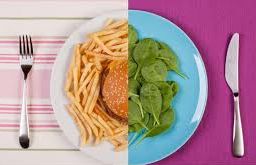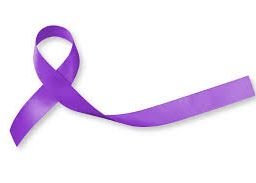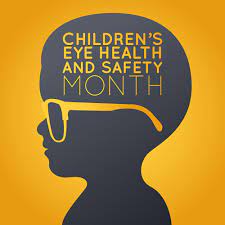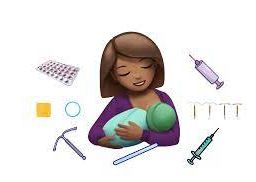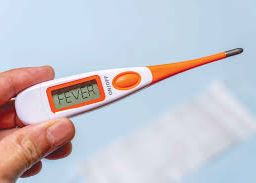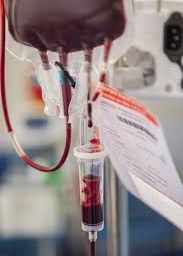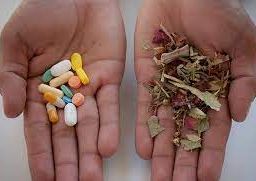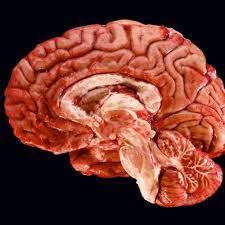
Stroke Awareness: Key Facts and Warning Signs
Stroke, a critical medical emergency, demands immediate attention. As a disruption in the brain’s blood supply, understanding the nuances of this condition is crucial. Dive into this comprehensive guide to grasp the intricacies of stroke, its symptoms, and the vital prevention strategies.
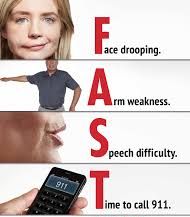
A stroke occurs when there is a disruption in the blood supply to the brain. It can have devastating consequences, but with timely intervention and awareness, the outcomes can be significantly improved. In this post, we will explore what you should know about strokes, including their types, risk factors, symptoms, and prevention strategies.
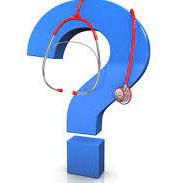 Understanding Stroke
Understanding Stroke
A stroke, often referred to as a “brain attack,” occurs when blood flow to a part of the brain is blocked (Ischemic Stroke) or when a blood vessel in the brain bursts (Hemorrhagic Stroke). Both types can result in brain damage or even death if not treated promptly.
Ischemic Stroke: This is the most common type of stroke, accounting for about 85% of all cases. It occurs when a blood clot or plaque buildup narrows or blocks an artery supplying blood to the brain.
Hemorrhagic Stroke: This type of stroke happens when a blood vessel in the brain ruptures, causing bleeding and pressure on brain tissues.
Risk Factors
Several factors can increase your risk of having a stroke. Some of the primary risk factors include:
1. High Blood Pressure (Hypertension): Hypertension or uncontrolled high blood pressure is the leading cause of strokes.
2. Smoking: Tobacco smoke damages blood vessels and increases the risk of blood clots.
3. Diabetes: People with diabetes or high blood sugar levels are at a higher risk due to their increased likelihood of developing blood vessel damage over time.
4. Obesity: Being overweight or obese can contribute to other risk factors like high blood pressure, heart disease and diabetes.
5. High Cholesterol: Elevated levels of cholesterol can lead to plaque buildup in arteries.
6. Family History: If close relatives have had strokes, your risk may be higher.
7. Age: The risk of stroke increases with age, especially after 55.
8. Gender: Men are more likely to have strokes, but women have unique risk factors like pregnancy and birth control pills.
9. Heart Conditions: Certain heart conditions, such as atrial fibrillation, can lead to blood clots that travel to the brain.
Common Symptoms
Recognizing the signs of a stroke is crucial for seeking immediate medical attention, as early intervention can significantly improve outcomes. The acronym FAST can help:
– Face: Ask the person to smile. Look for an uneven smile. Does one side of their face droop?
– Arms: Have them raise both arms. Check if one arm is weak. Does one arm drift downward?
– Speech: Ask them to repeat a simple sentence. Is their speech slurred or strange?
– Time: If you observe any of these signs, call 911 immediately.
Other common stroke symptoms include:
- Sudden numbness or weakness, especially on one side of the body.
- Difficulty speaking or understanding speech.
- Sudden confusion or trouble with vision.
- Severe headache with no known cause.
- Trouble walking, dizziness, loss of balance, or lack of coordination.
Prevention
While some stroke risk factors, such as age and genetics, are beyond your control, many can be managed or mitigated. Here are some key steps to reduce your risk of stroke. Reducing your risk of stroke involves making healthy lifestyle choices according to the following:
1. Manage Blood Pressure: Regular check-ups and medication can help control high blood pressure.
2. Quit Smoking: If you smoke, seek support to quit. It’s one of the most significant risk factors.
3. Control Diabetes: Monitor and manage your blood sugar levels through diet, exercise, and medications as prescribed.
4. Maintain a Healthy Diet: Eat a diet rich in fruits, vegetables, whole grains, and lean proteins. Limit salt and saturated fats.
5. Exercise Regularly: Aim for at least 150 minutes of moderate-intensity exercise per week.
6. Limit Alcohol Consumption: Excessive alcohol intake can increase your risk of stroke. If you drink, do so in moderation.
7. Manage Stress: Practice relaxation techniques like yoga or meditation.
8. Medication: If your doctor prescribes medication to prevent stroke, take it as directed.
9. Manage your weight
10. Stay Informed: Be aware of your family history and genetic predispositions.
Strokes are life-threatening events that can lead to severe disability or death. However, by understanding the risk factors, recognizing the symptoms, and making lifestyle changes to reduce those risks, you can significantly lower your chances of experiencing a stroke. Always remember that time is of the essence when it comes to stroke treatment, so don’t hesitate to call for help if you or someone you know exhibits signs of a stroke.
Disclaimer: The information provided in this content is for general informational purposes only. It is not intended as medical or healthcare advice, diagnosis, or treatment. Always seek the advice of a qualified healthcare professional with any questions you may have regarding a medical condition or healthcare decisions.




